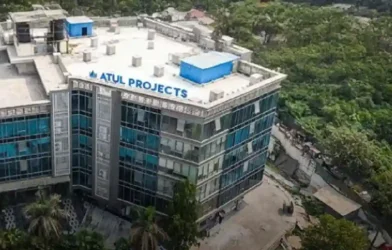Subtotal ₹0.00
After nearly a decade of subdued activity, Delhi’s office market is finally stirring back to life. A joint CBRE–CII report projects nearly 5 million sq ft of new Grade A supply over the next two years—a shift the industry has been anticipating for long.
The revival is being fuelled by the upgrading of ageing commercial pockets, improved intra-city connectivity, and a renewed corporate appetite for high-quality, future-ready workspaces. For the first time in years, Delhi is poised to reclaim a meaningful place in NCR’s commercial growth narrative.
Infrastructure is playing a quiet but decisive role in the Delhi-NCR real estate market. The operationalisation of the Dwarka Expressway, progress of the Delhi-Mumbai Expressway, Noida International Airport, new peripheral connectors, RRTS, and ongoing metro expansions are fundamentally reshaping how companies think about Delhi-NCR.
What was once a set of disconnected city clusters is gradually becoming a unified commercial ecosystem where intercity travel feels simpler and more predictable. As mobility barriers fall, corporate location strategies are shifting too, expansions are now planned with multi-city accessibility in mind, allowing businesses to tap into talent, efficiency, and market proximity across the entire region rather than a single isolated hub.
Another report by Cushman and Wakefield stated that the Delhi-NCR property market witnessed 2.5 times increase in net leasing of office spaces during the July-September period, driven by better demand for premium workspaces from corporates. Net leasing jumped to 3.79 million (37.9 lakh) square feet in the third quarter of this calendar year from 1.52 million (15.2 lakh) square feet in the year-ago period. Delhi-NCR contributed 23% to the total net leasing of office spaces across the top eight cities during the July-September quarter.
Moreover, with return-to-office stabilising across BFSI, tech, consulting, and especially GCCs, the need for workplaces that offer both functionality and employee-centric design have intensified. This renewed demand is also expanding the geographic lens—firms are no longer limiting themselves to traditional CBDs. Instead, they are exploring newer, better-connected micro-markets that offer smarter layouts, improved sustainability features, and the flexibility to scale in a rapidly evolving business environment.














